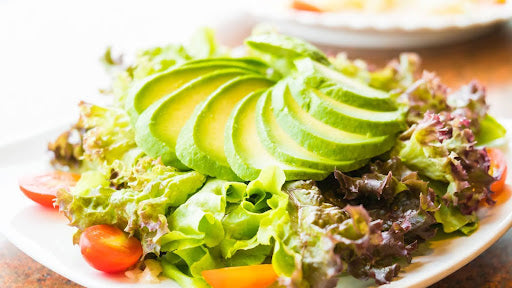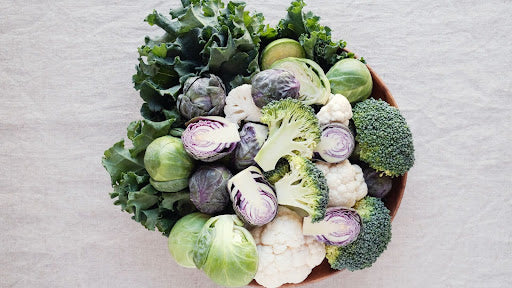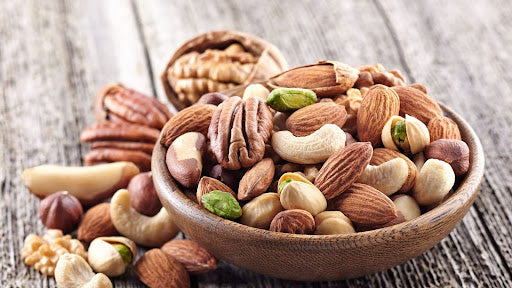
For most people, when they think ‘salad’ they imagine a bit of shredded iceberg lettuce, a couple of tomatoes and maybe some sliced cucumber or carrot. They often also think, ‘salad is garnish’ and ‘that would never fill me up.’ Some people simply believe they don’t like salad, and that it is nothing more than a side dish.
Well, salad can be and should be a whole lot more than that! The fact is that most people do not know how to make a proper, satisfying and satiating healthy salad.

A salad, made properly, can help you to feel deeply nourished, full, and support a healthy gut microbiome, keeping your digestive health in check and your weight down (without being hungry).
Here’s how to go about building the perfect salad:
Start with foods that are pretty low in energy density yet amazing sources of micronutrients and phytochemicals.
Leafy Greens - These are packed with nutrients, including vitamins, antioxidants, minerals, amino acids, and fiber, as well as chlorophyll. All leafy greens are low in calories, so good for anyone wanting to maintain a healthy weight.
Leafy greens include spinach, kale, beet greens, mustard greens, chard, arugula, turnip greens, watercress, and collard greens.
Cruciferous Vegetables - These include broccoli, kale, cabbage, cauliflower, bok choy, and brussel sprouts.

Non-starchy Vegetables - Onions, garlic, bell peppers, eggplant, carrots, and beets.
Fruits and Berries - Apples, oranges, kiwi, bananas, pineapple, mango, and berries.
Next add higher energy density foods which contain starches and fat. These will nourish your body and keep you feeling fuller for longer.
Starchy Vegetables - Potatoes, sweet potatoes, yams, butternut squash, parsnips.
Whole Grains - Barley, bulgur, oats, quinoa, rice, rye, wheats, and corn.
Legumes - Chickpeas, lentils, green beans, black beans, soybeans, tofu, peanuts.
Nuts and Seeds - Almonds, cashews, pecans, sunflower seeds, hemp seeds, walnut, chia seeds and flaxseeds.

How to Build the Salad
Lay your foundation with leafy and cruciferous vegetables.
Add color and texture with non-starchy vegetables and fruit.
Fill up and bulk up the salad with starchy vegetables and whole grains.
Add in beans or a blend of legumes or cubed tofu.
Sprinkle some extras like olives, mushrooms, or seaweed flakes.
Add crunch and boost flavor with a sprinkle of raw nuts and seeds.
For the final touch, add an oil-free based dressing such as water blended with tahini, cilantro, mustard, garlic and lemon for a punchy finish.
Just make sure that you include whole plant foods from as many of the different categories above as possible.
Aim to make your salad as varied, colorful and flavorful as you can, exploring different combinations.
The trick to staying full for hours after eating your salad is to always add enough of the starchy vegetables and wholegrains. Your salad should be large! You should spend around 20- 30 minutes chewing through it all, that way you can ensure you will stay full too.
